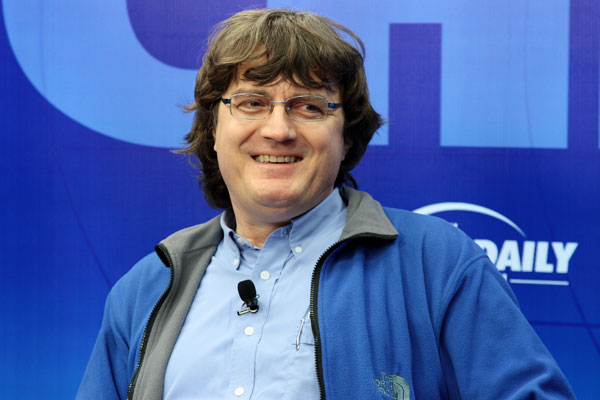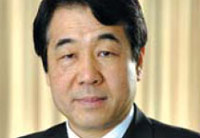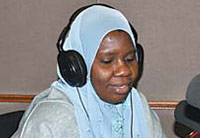Silk road to the skies
My China Dream | Rainer Spurzem
 |
|
Professor Rainer Spurzem works full time at the National Astronomical Observatories under the Chinese Academy of Sciences. Provided to China Daily |
Professor Rainer Spurzem, 54, had two China dreams.
The first came about 25 years ago in 1987, when he was still a college student in Germany and had followed a woman he liked very much to China. She went to Guangzhou for a Chinese-language exchange program. And Spurzem spent a couple of weeks visiting her before traveling from Shenzhen to Beijing.
|
 |
|
 |
|
 |
Related video: Silk road to the skies
His budding romance went nowhere, so Spurzem soon forgot his first dream about China.
But he didn't know then that a second China dream would come true and help him build a professional connection with Chinese scientists.
By 2003, Spurzem had already obtained an honorary professorship from the University of Heidelberg, Germany. He became a senior astrophysicist and designed a supercomputer in Germany. Five years later, he found his desire for supercomputing research was stagnating in Europe.
At about this time, at an international astronomical conference, Spurzem met a chief scientist of the National Astronomical Observatories under the Chinese Academy of Sciences. The scientist persuaded him to apply for funding from China's Ministry of Science and Technology.
In April 2010, with the financial help from the ministry and numerous research institutes under the CAS, a supercomputer designed by Spurzem's team was put into operation and named "Tiger".
"One important aspect, which is often forgotten as our supercomputing and the Tiger computer capture public attention, is that we are actually doing astrophysical research on fascinating problems like black holes in galaxies and the gravitational waves which were predicted by Einstein," Spurzem says.
Astrophysicists use supercomputers for astrophysical simulations - much like how car manufacturers simulate car crashes digitally - where they simulate collisions of galaxies and black holes, Spurzem says.
"Car companies use computer simulations to save money, because crashing real cars is more expensive. We use computers because galaxy and black hole collisions in nature take incredibly long time, and we can simulate this lengthy period with ultra-high speed on the computer," he says.
Spurzem's major contribution was to revolutionize the design of supercomputers and bring them to China.
A supercomputer is at the frontline of current processing capacity, particularly in speeding up calculations often used for numbers-intensive tasks, such as problems in quantum physics, weather forecasting and climate research.
In a supercomputer, a large number of processors are used in clusters to enhance calculations speed.
















